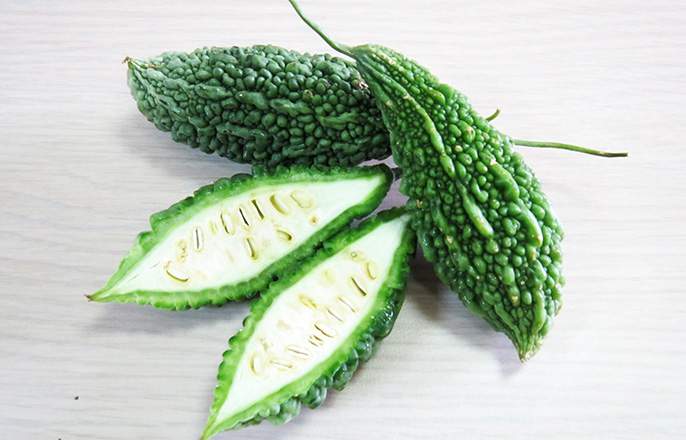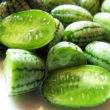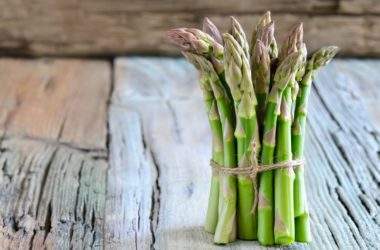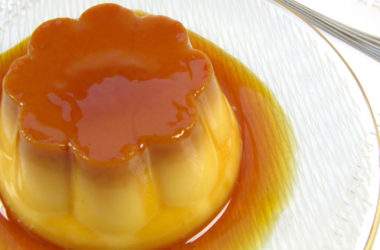Bitter gourd, also known as bitter squash, bitter melon, and balsam-pear, is one of the known vegetables today. With the scientific name Moordica charantia, it is grown for the edible “fruit” with a bitter taste. It is generally consumed and cooked in the green or early yellowing stage and its young shoots and leaves may be eaten as greens. The following are the health benefits of bitter gourd, along with a sample health recipe.
Health Benefits
Fiber
One of the health benefits of bitter gourd is fiber. Fiber is a substance that acts as a sweep, helping the body get rid of harmful substances like toxins and free radicals; this helps prevent diseases like heart diseases and cancer. Also, fiber increases bulk and roughage of stools, facilitating easier bowel elimination. As a result, fiber helps reduce the chances of digestive disorders like constipation, hemorrhoids, and diverticulitis. In addition, fiber helps reduce blood cholesterol levels, which helps reduce the risk of developing cardiovascular diseases like hypertension, atherosclerosis,coronary artery disease, and stroke.
Anti-Diabetes
Another health benefit bitter gourd is known for is its anti-diabetic properties. According to Diabetes UK, bitter gourd contains three active substances – vicine, an insulin-like compound polypeptide-p, and charantin, which has demonstrates a blood sugar-reducing effect. As per the publication, the three agents either work alone or as a group to help decrease the glucose levels in the blood. In addition, bitter gourd also has lectin, which acts on peripheral tissues and suppresses one’s appetite o decrease blood sugar concentrations.
Skin Integrity
Bitter gourd also helps promote the appearance of the skin. According to Style Craze, the vegetable helps get rid of blemishes, acne, and deep skin infections, which include psoriasis, ringworm, scabies, blood boils, and itching. In addition, bitter gourd helps delay aging by reducing the signs of aging like fine lines and wrinkles. As per the publication, the juice is consumed by mixing the lemon on an empty stomach everyday for six months or until the desired results are achieved.
Sample Recipe
One recipe that uses bitter gourd is Bitter Gourd Cury or Karela Sabzi. According to Indian healthy Recipes, the dish is a “simple everyday curry” that can be eaten with roti or plain rice. As per the publication, the ingredients include 250 grams karela, two tablespoons oil, half teaspoon cumin or jeera, hing little, green chili slit (optional), one teaspoon saunf powder or fennel powder or sompu powder, one little turmeric or haldi, one tablespoon coriander powder. Salt, one medium to large onion (chopped finely), one sprig curry leaves, one lemon juice, and a handful of coriander leaves.
To prepare, as per the publication, the bitter gourd is washed and sliced thinly; the seeds can be discard if preferred. Next, oil is heated in a pan and cumin is sauteed until they crackle and add hing. Then, the chopped onions and curry leaves are added and sauteed until they become pink in color. Then, the bitter gourd slices are added and salt is sprinkled; then, the ingredients are sauteed for two to three minutes, covered, and cooked again on a very low heat until they are soft cooked. Little amount of water can be added if the curry appears dry. Also, spice and salt can be added to improve the food’s taste. After that, coriander leaves are added and stirred and the lemon juice is squeezed and mixed well. Once done, the food is transferred to a serving bowl and is served with rice or roti.
Overall, bitter gourd is one of the vegetables people have today. Thus, it can be added to various meal recipes for groups of friends or for the entire family.













